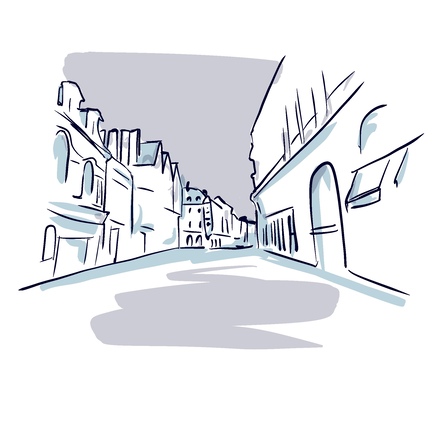
1. Liberty Street
This is Dijon's main shopping street. Dating from the 15th to 18th centuries, it is lined with listed buildings. Read more
Tour
3,5 km
1h30
24 audios
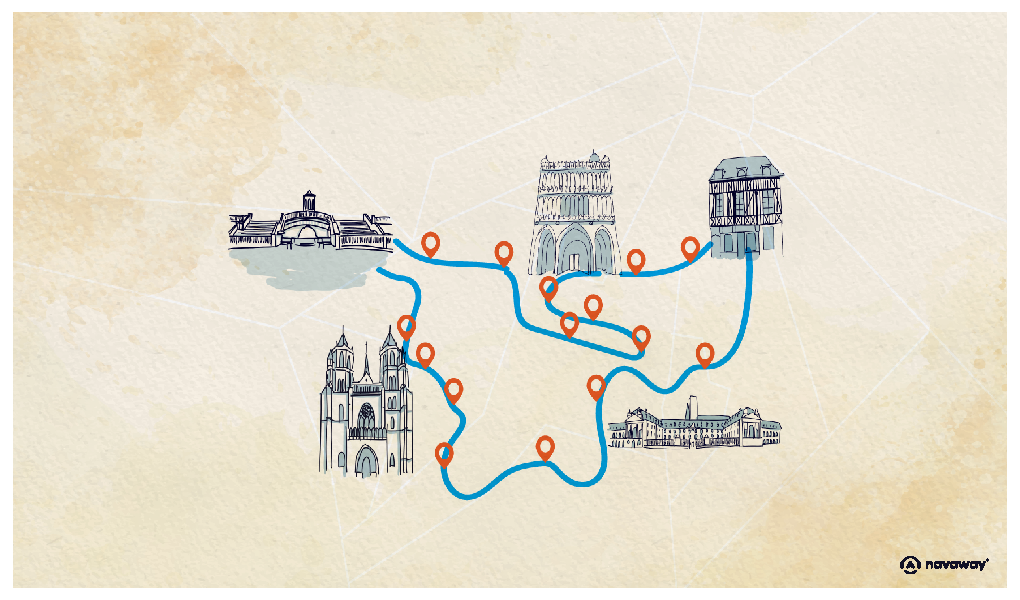
Text version
Known as the hundred steeples city, City of the Dukes or Mustard Capital… There are so many nicknames for this Burgundian city, capital of the Burgundy-Franche-Comté region. Dijon is a City of Art and History. Between the 9th and 15th centuries, it was home to the Dukes of Burgundy, who shaped its history and built the fascinating Palace that adorns the city’s central square. Traces of its rich past can still be seen today, in the medieval houses, town houses and religious buildings that make up its remarkably well-preserved historic centre. But Dijon is also known for its gastronomy, and more importantly for its wine, which can be enjoyed in one of the region’s many wine cellars. The climate of the Burgundy vineyards are a UNESCO World Heritage Site. So head to Côte-d’Or to discover a city steeped in history and flavour!

This is Dijon's main shopping street. Dating from the 15th to 18th centuries, it is lined with listed buildings. Read more
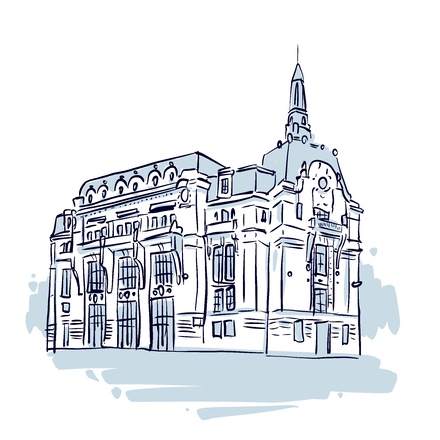
Laid out in 1911, Grangier square offers a superb view of the Hôtel des Postes, built in 1907 in Louis XVI style on the site where the Dijon castle once stood. Read more
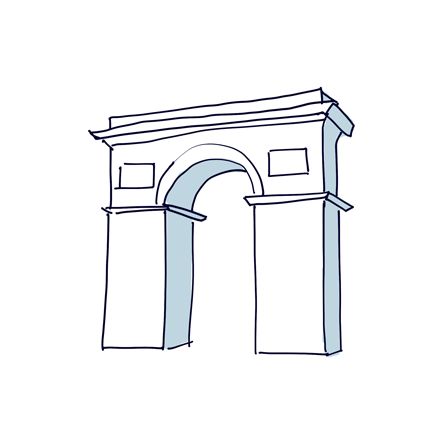
Darcy square stands at the foot of the Guillaume Gate, one of the twelve gates that surrounded the city in the 12th century. Read more
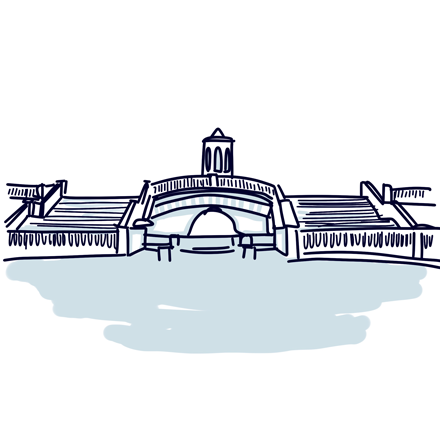
Laid out in 1880, Darcy was Dijon's first public garden. It was built over a large underground drinking water reservoir created in 1838 by Henri Darcy to supply the city's fountains. Read more

Now that we've reached the historic centre, let's get down to business. The history of Dijon is inextricably linked to the history of France, thanks to the presence and reign of the powerful Dukes of Burgundy. Read more
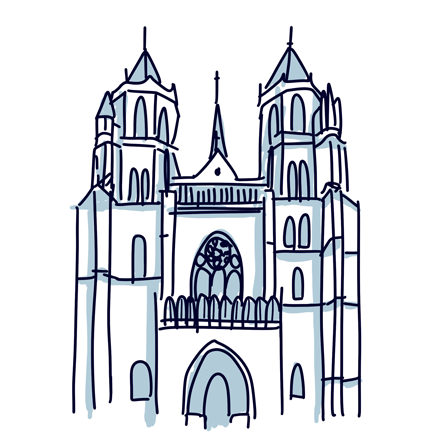
Prior to being a cathedral, this building was a monastery built in 871. It was rebuilt as a cathedral in the 11th century by Guillaume de Volpiano. Read more
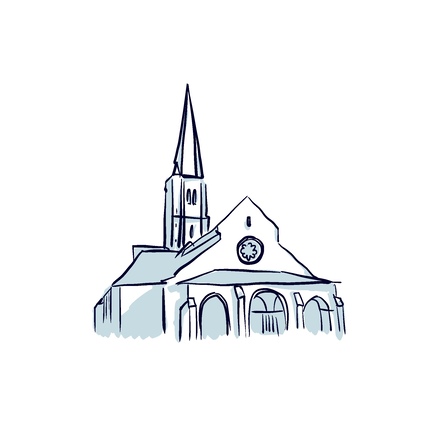
Built in the 12th century after the great 1137 fire, Saint-Philibert is the only Romanesque church in Dijon. It was once dedicated to the winegrowers who lived in the area. Read more
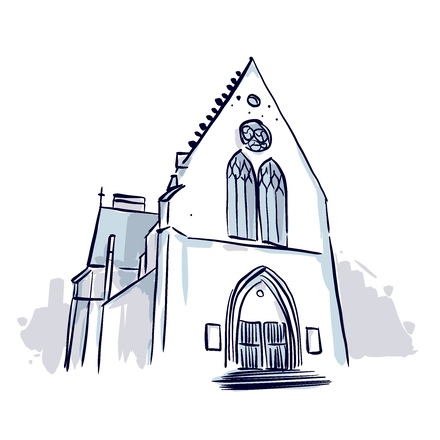
It is indeed a third church that can be seen here, just a few metres from Saint-Bénigne Cathedral. Read more
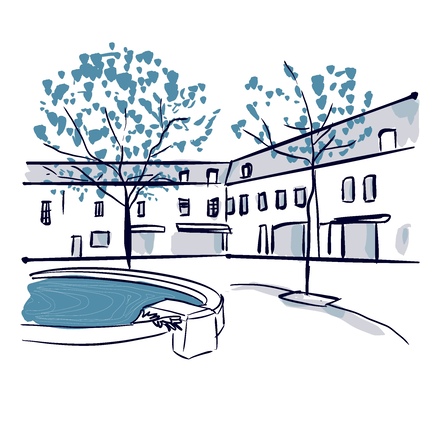
This is Emile Zola Square, a popular spot for locals and visitors alike. Read more
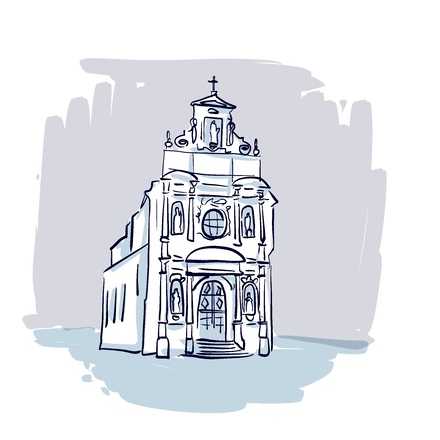
The pretty building in front of you is the Chapelle des Carmélites. Formerly a Carmelite convent in the 17th century, it was carved out of blonde and pink stone in 1642. Read more
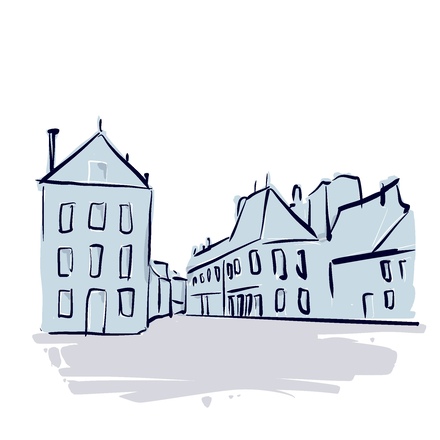
Turn left and you'll see Cordeliers Square, with its typical Burgundian glazed roofs. Read more
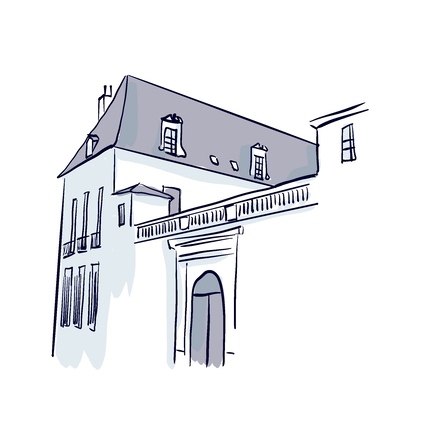
The two buildings opposite you, on your left, date back to the 17th century. Read more
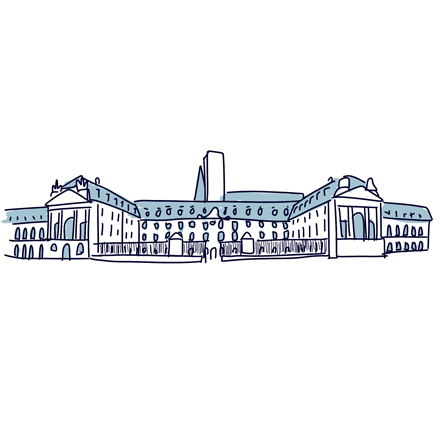
Here, you are in front of the city's landmark! If there's one thing Dijon is famous for, it's its incredible Dukes' Palace. Read more
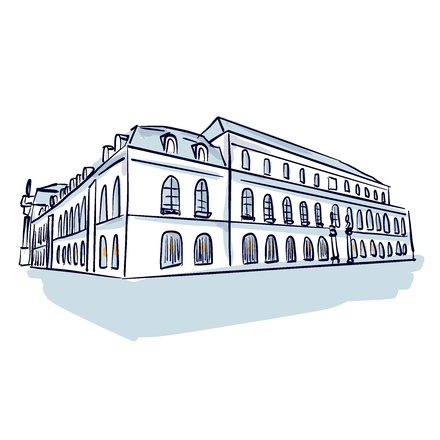
Dijon's Fine Arts Museum is one of the oldest and richest in France. It was founded in 1787, with the primary aim of collecting works that would serve as models for students atof the drawing school. Read more
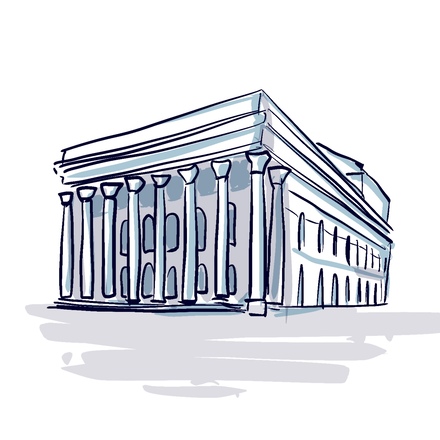
The first stone of this majestic theatre was laid in 1810, but construction was soon suspended due to the fall of Napoleon's Empire, and was not resumed until 1823. Read more
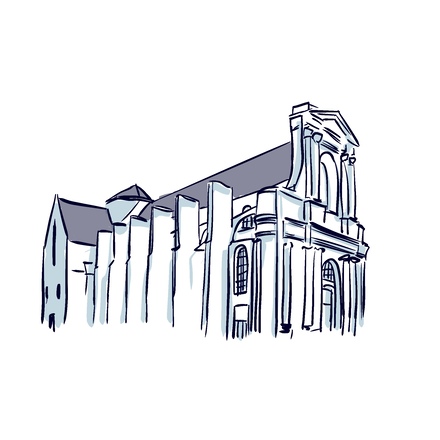
Located a stones throw from the Dukes' Palace, this church seems to have lived several lives, as seen on the different centuries drawn on its walls. Built in the 15th century, it was restored in the 17th century and its facade dates from the 18th century. Read more

It took over 150 years to build this sumptuous church. As a result, it boasts a blend of two different architectural styles. Read more
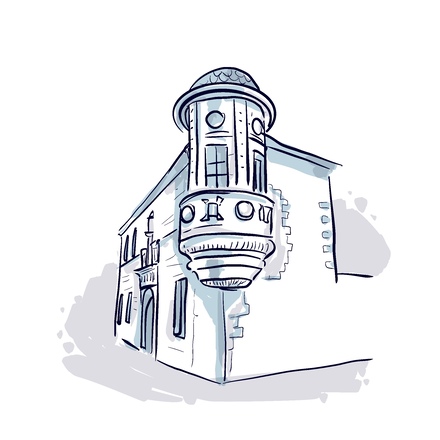
Built between 1552 and 1558 for Philibert Berbis, a councillor at the Dijon Parliament, this house, with its remarkable watchtower, is a private mansion. Read more
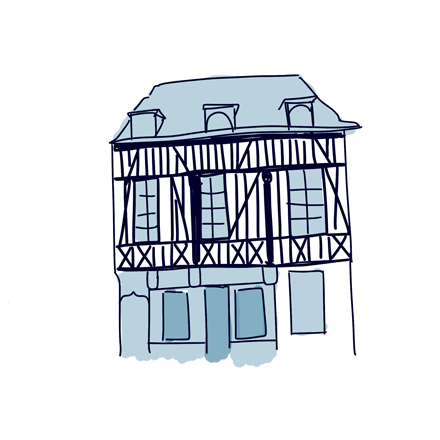
This is a house that will undoubtedly take you back in time. As you've already noticed, there are plenty of half-timbered houses here in Dijon, bearing witness to its rich medieval past. Read more
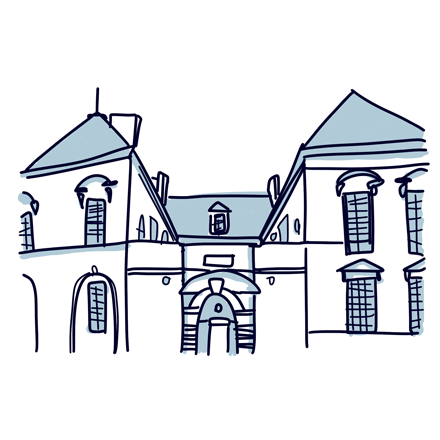
On your right is one of the most prestigious private mansions of the 18th century. Read more
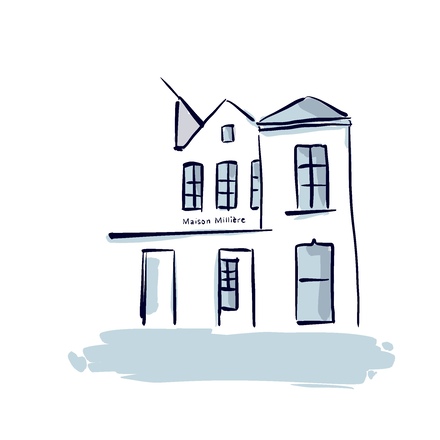
Built more than 500 years ago, this house is an essential part of the town's history. Its Gothic architecture dates back to the end of the Middle Ages, precisely to the 15th century! Read more
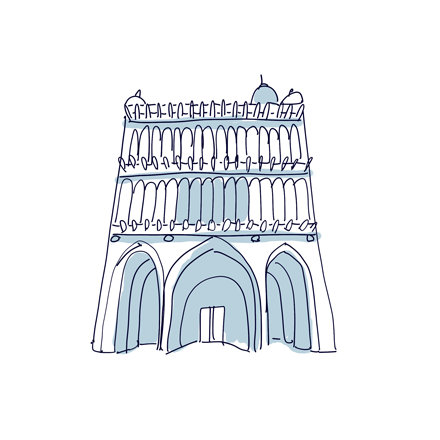
A masterpiece of 13th-century Gothic architecture, Notre Dame church is the oldest church in Dijon. Read more
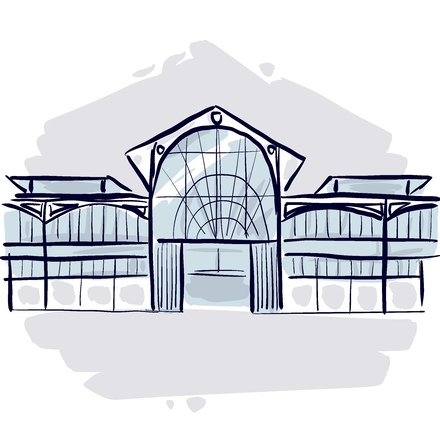
What better way to soak up Dijon life than sampling its culinary specialities? Read more
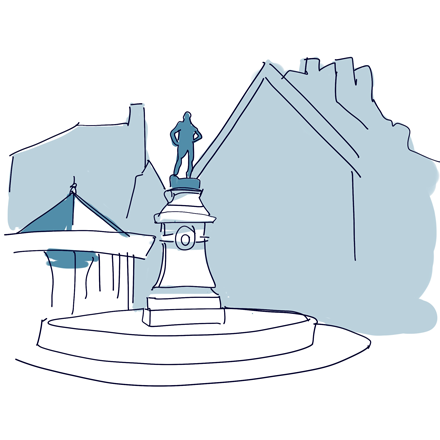
Built in 1905 as a tribute to sculptor François Rude, born just a few blocks away, this square is very recent compared to the other buildings in town. Read more


Discover Dijon with app
An interactive guide through the most beautiful streets, squares, and districts
24 fun audioguides full of historical facts, anecdotes, and legends
Discover the world of Burgundy wine with an immersive tour of the region’s historic cellars.
An essential site in the city, especially for history enthusiasts: the chapel of the Chartreuse de Champmol and the Well of Moses, which is credited to Philip the Bold, son of the King of France. Standing at seven metres high, the Well of Moses features statues of six prophets from the Old Testament and showcases the artistic style of the medieval Burgundian school. A must-see!
Located on Sainte-Anne Street, the Museum of Burgundian Life showcases collections and reconstructions of numerous objects from Dijon’s heritage from the 19th century. From furniture, costumes, and household equipment to recreated shops such as a pharmacy and a grocery store, the museum also presents the heritage associated with mustard. Housed in the Bernardine Monastery, it offers insights into the customs and daily life of the people of Dijon during that period. Access to the permanent collections is free.
For a nature break right in the city, there’s nothing like strolling through the alleys of Parc de la Colombière, a magnificent French-style garden created in the 17th century by Louis II de Bourbon, Prince of Condé, and governor of Burgundy. For those looking to explore the outskirts of Dijon, rest assured that there are plenty of walking trails in the area, especially amidst the vineyards!
The Clos de Vougeot castle, a renowned vineyard known for producing some of the world’s finest red wines, is a must-visit for wine enthusiasts! Located just a few kilometers from Dijon, it offers tours of its wine museum and 13th-century wine presses, as well as tastings for those who are interested!
And for those who wish to fully explore the vineyards of the region, you’ll want to take the famous Burgundy Grand Cru Route, which connects Dijon to Beaune through a succession of renowned wineries, picturesque villages, and landscapes typical of the region!
Located 45-minute drive from Dijon, Beaune is a town worth exploring for a day. You must visit the magnificent Hospices, founded in 1443, featuring a very distinctive roof made of glazed tiles. The visit is not free of charge, but is definitely worth it. Also, take the opportunity to visit the Fallot mustard factory, the last major independent mustard maker in the region. There, you can discover the origins, history, and production techniques of the famous Dijon mustard!
On a beautiful sunny day, don’t hesitate to stop by Lake Kir, an artificial lake located at the entrance of Dijon, which offers numerous water activities and the possibility of swimming during the summer season. Canoeing, kayaking, pedal boats, beach volleyball, tennis, mini-golf, cycling, ping-pong, and even windsurfing are all available here! Fishing is also allowed all year round.
You’ll only need a 1-hour drive to reach the Morvan Regional Natural Park, a true haven of wild nature where hundreds of hiking, horseback riding, and cycling trails await you. You’ll find several lakes there where you can swim during hot summer days, along with magnificent landscapes that you shouldn’t miss!
Dijon : Dive into the heart of Burgundy wines with tastings and masterclasses.
200 audioguided tours for cities all around the world
DownloadOur rating
Budget
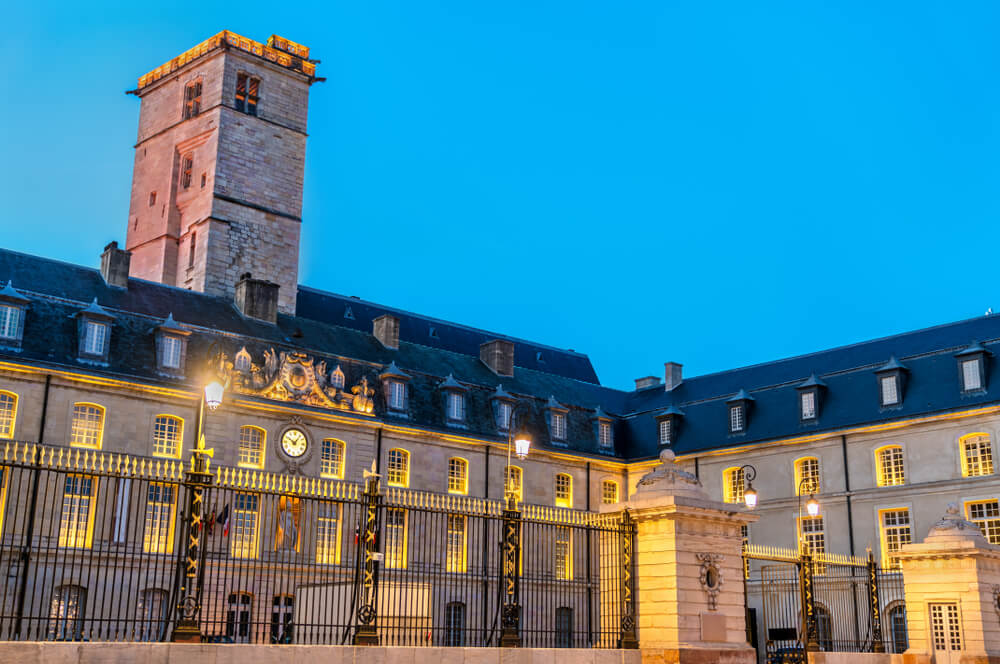
The most iconic and unmissable landmark in Dijon is without a doubt the Palace of the Dukes of Burgundy. With its remarkable architecture, the palace is made up of several buildings: the former ducal residence dating back to the Middle Ages, and the Palace of the Estates of Burgundy from the 17th century.
Within the palace, you’ll also find several exceptional sites, including:
Our rating
Budget
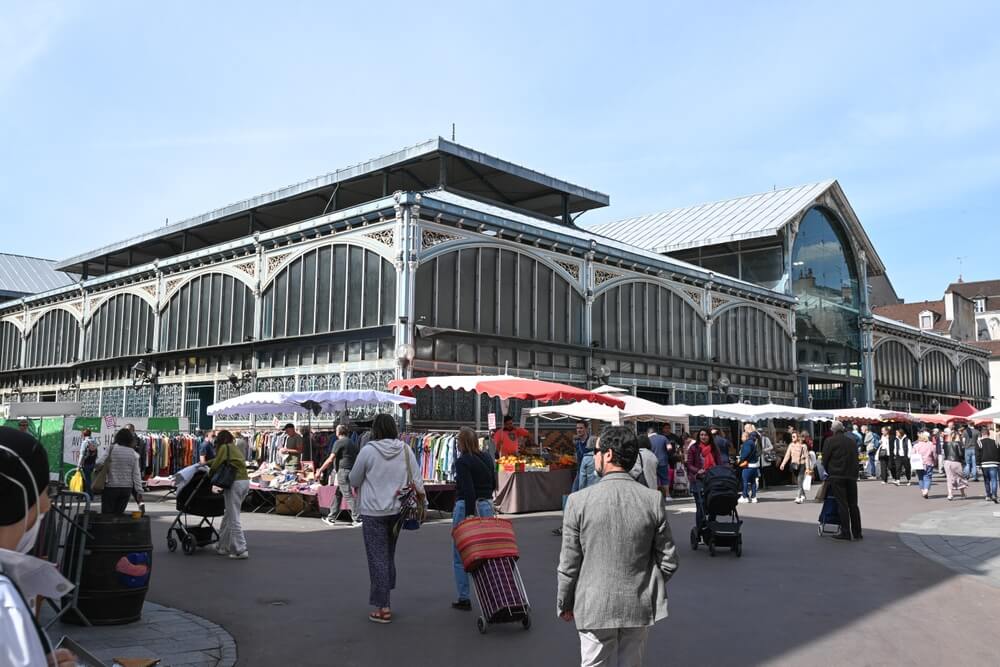
See Our Full Review
Our rating
Budget
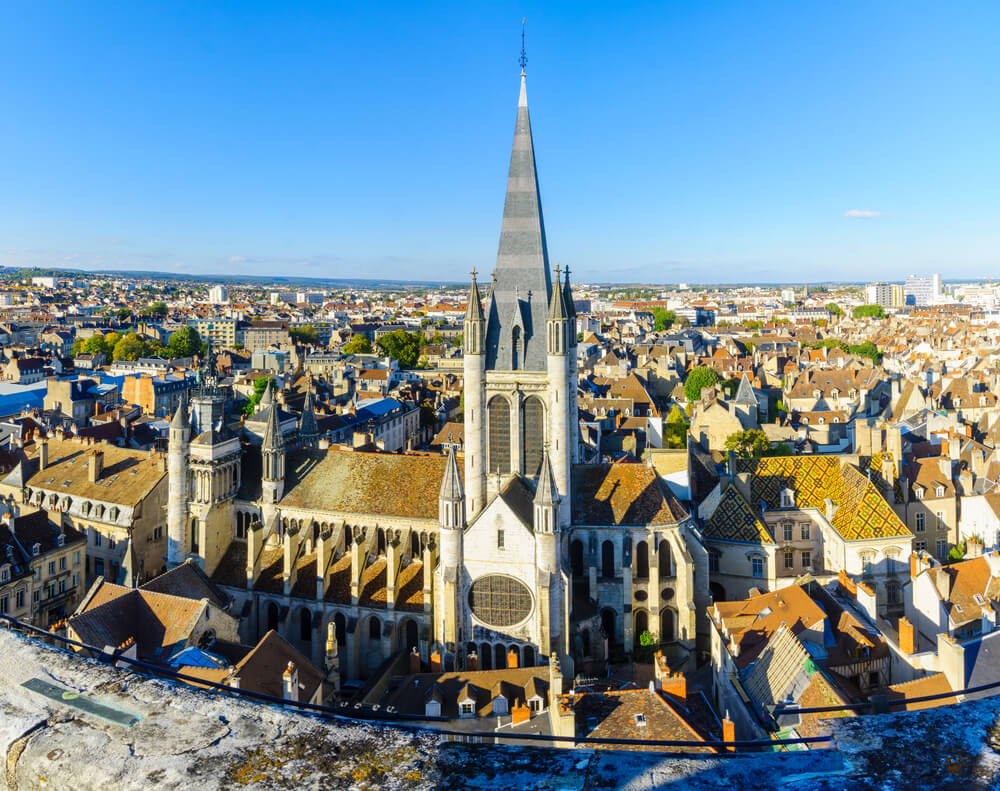
See Our Full Review
Our rating
Budget
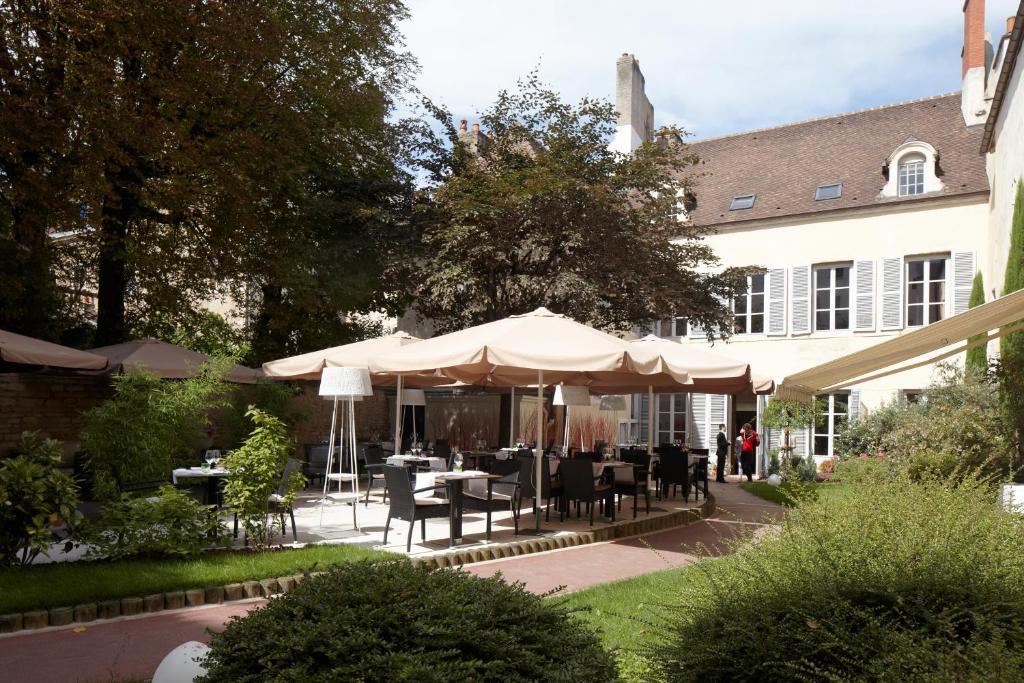
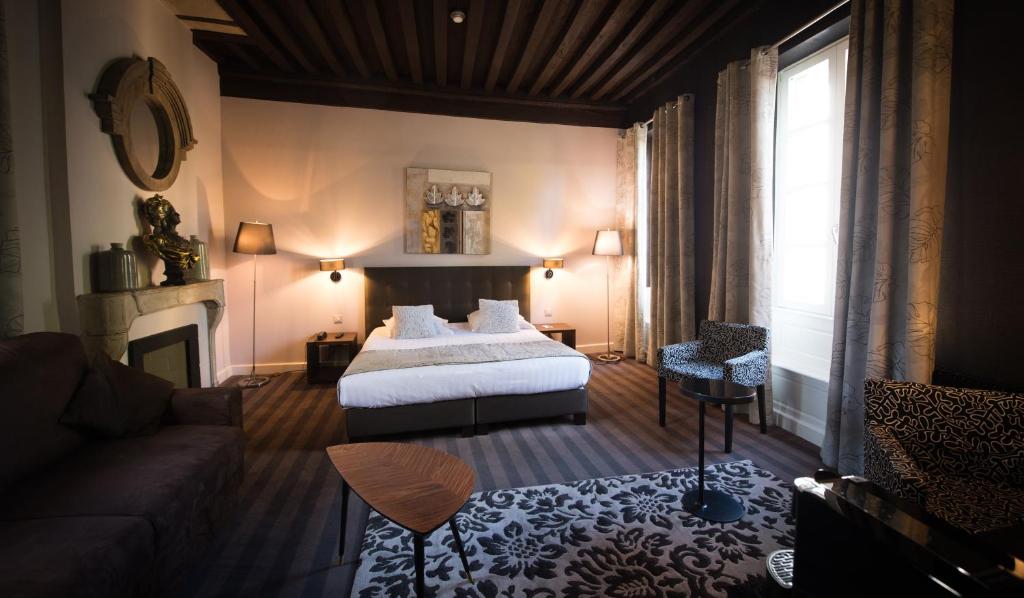
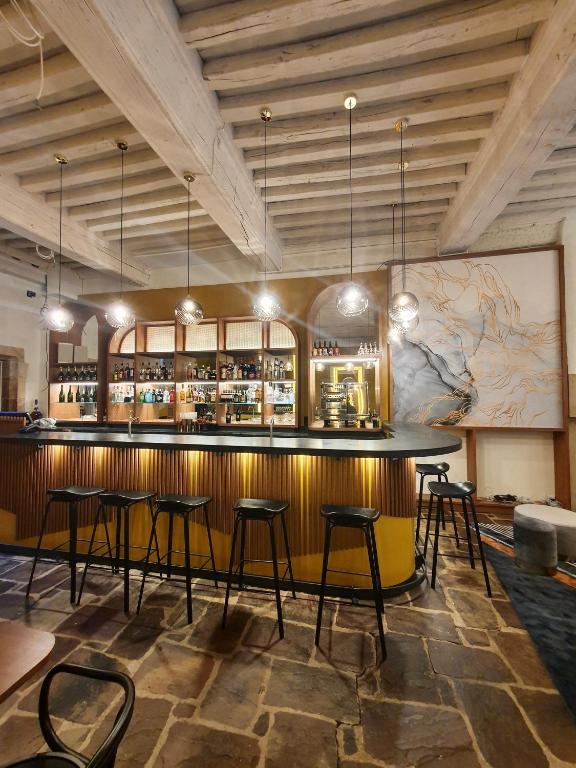
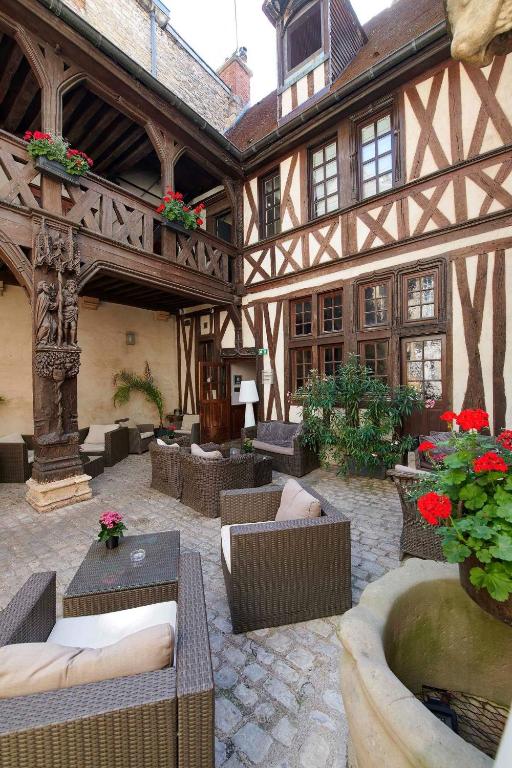
Let’s start with this 4-star hotel, Hôtel Philippe le Bon, located in the heart of Dijon. It offers you…
Read More
Highlights
Bar/Lounge
Ideal for visiting the historic city center
Free high-speed internet
Restaurant
Breakfast buffet
Pets allowed
Children’s TV channels
Things to Consider
Its proximity to the city may make the hotel noisy at times.
Paid public parking nearby
Non-smoking hotel
Location : 18 Rue Sainte Anne, Centre-Ville de Dijon, 21000, Dijon, France
Our rating
Budget
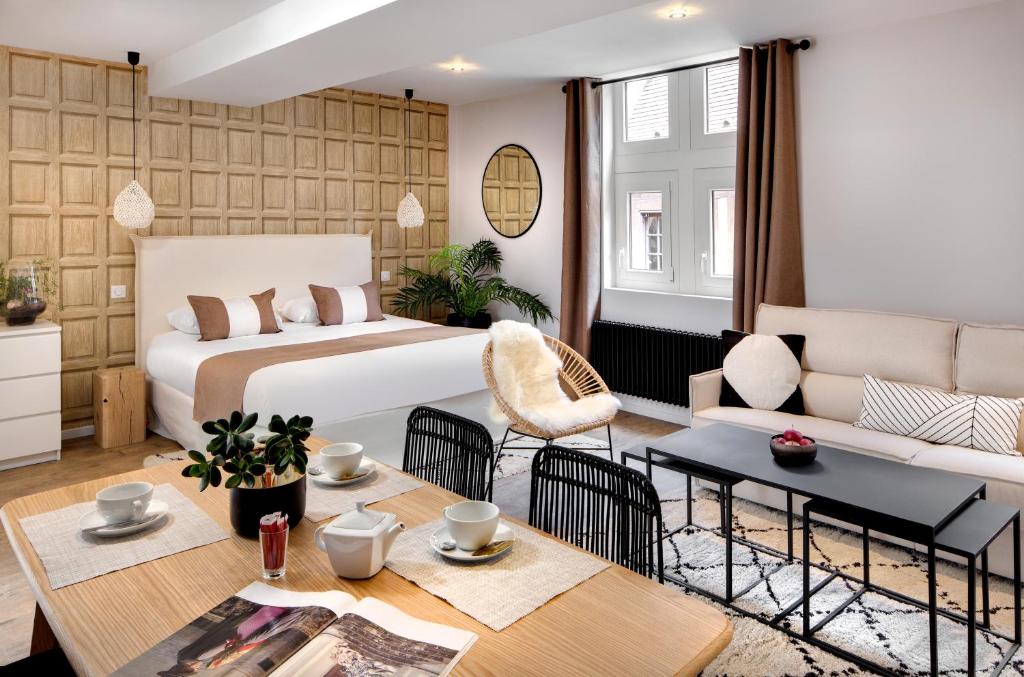
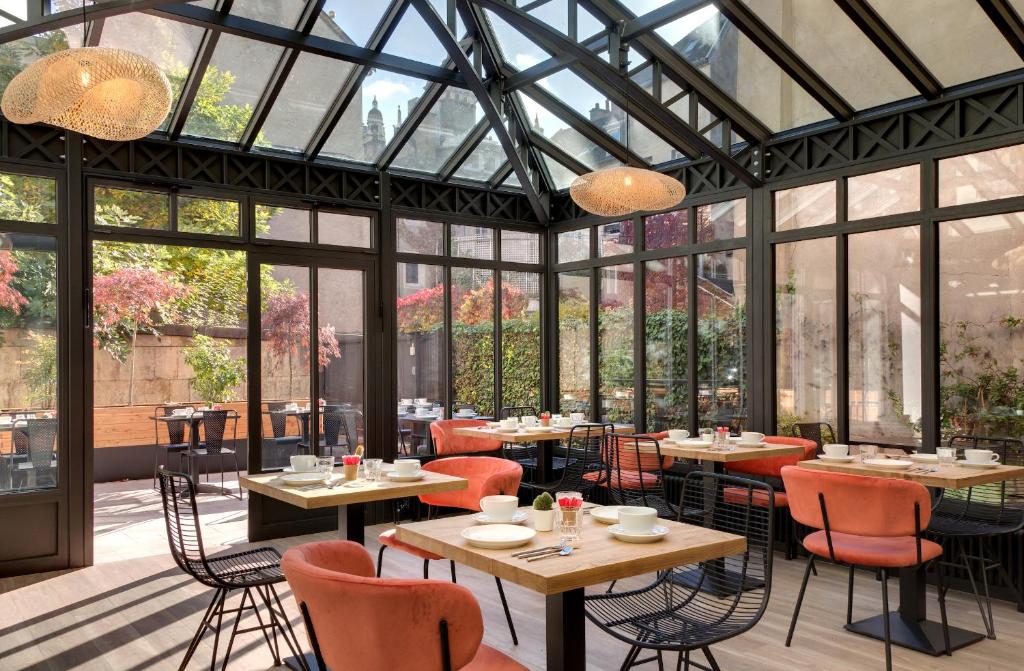
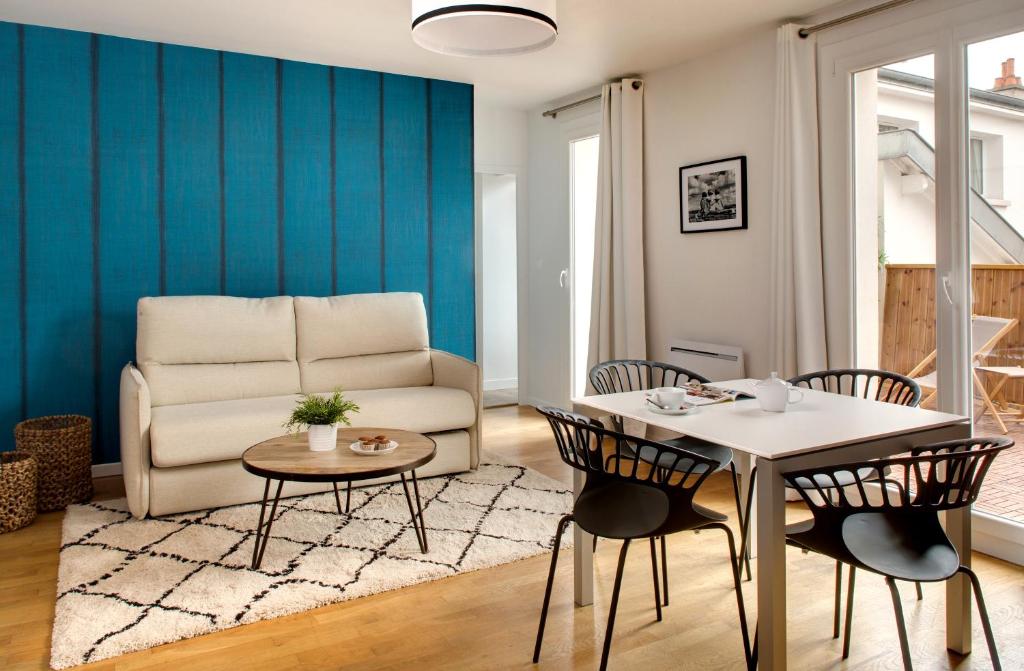
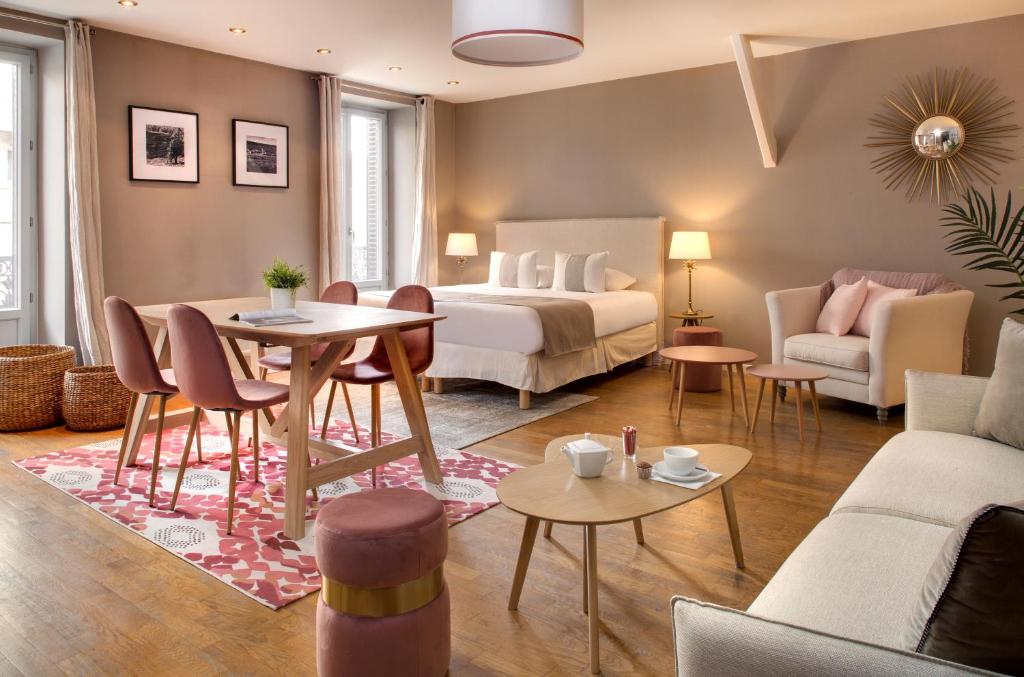
See Our Full Review
Our rating
Budget
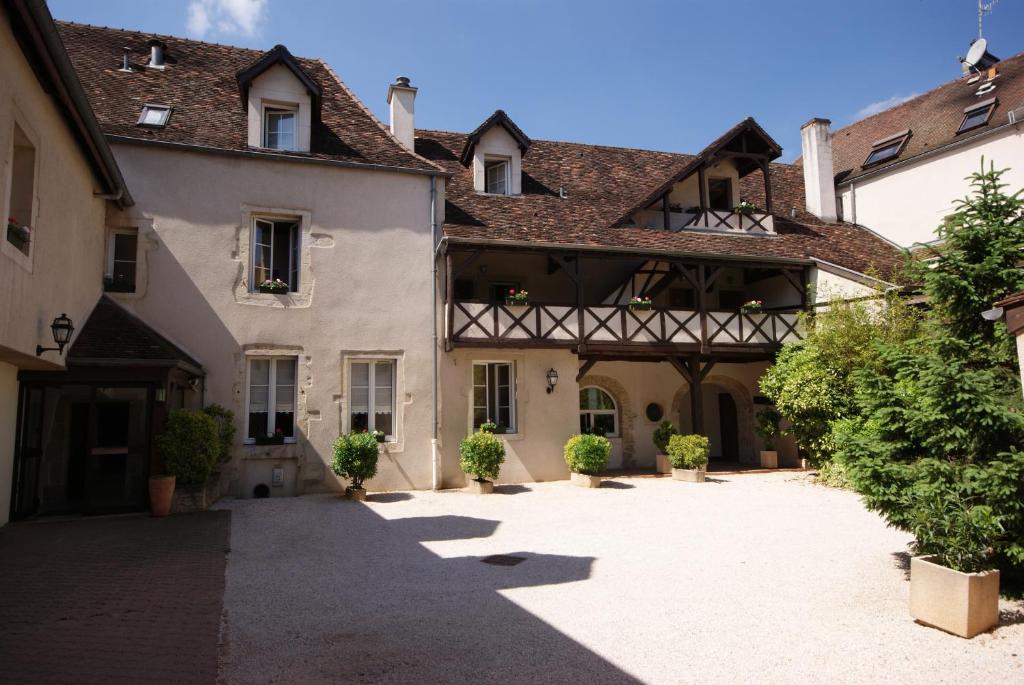
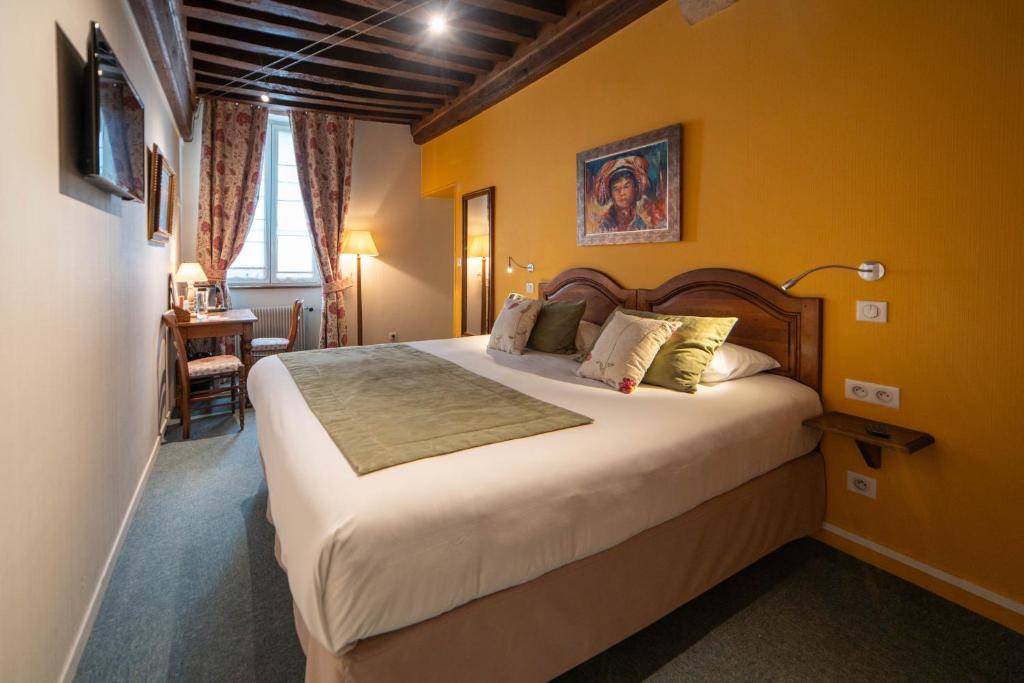
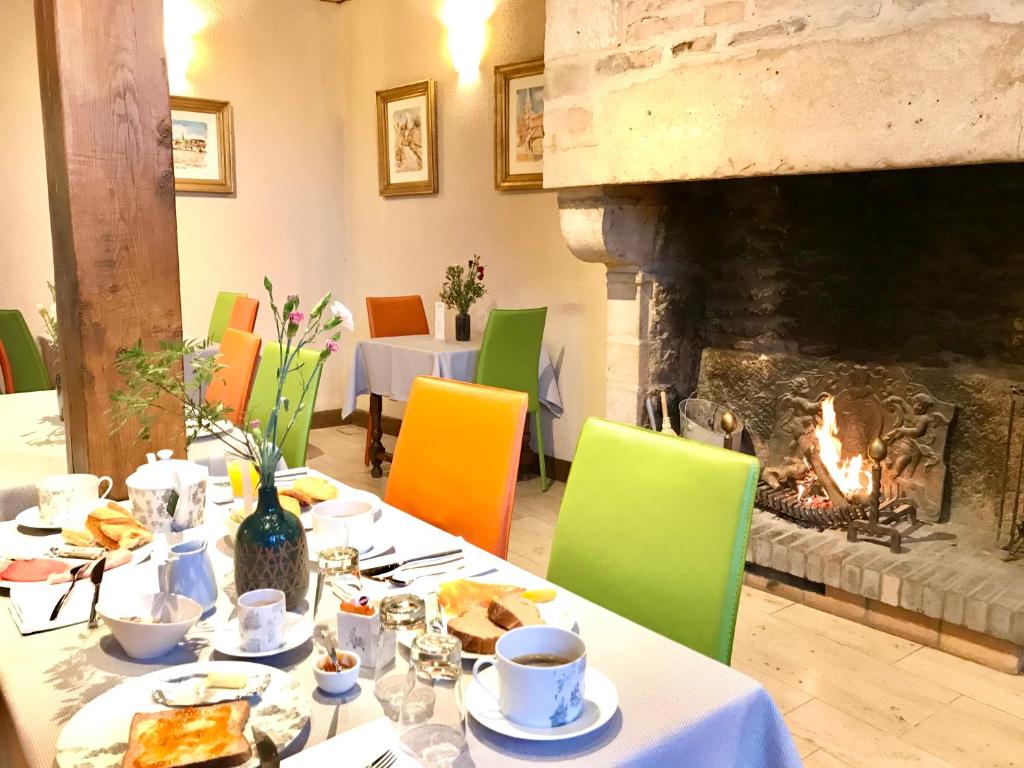
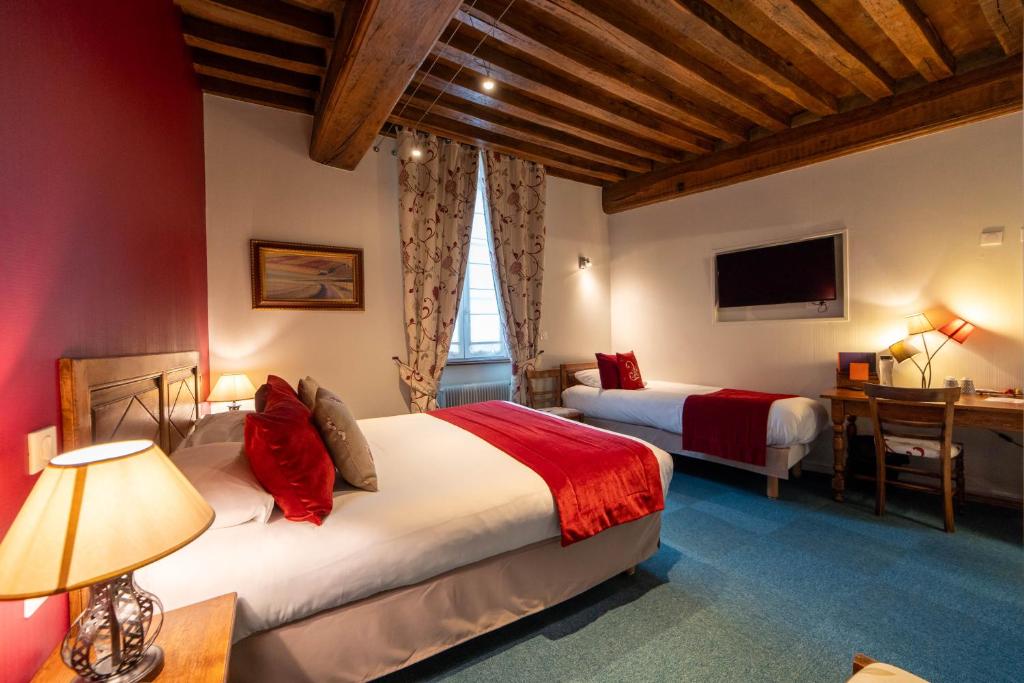
See Our Full Review
The city of Dijon is not only known for its famous mustard. Discovering a new place inevitably involves experiencing its cuisine. So here are some addresses for restaurants and bistros where you can enjoy a delicious meal during your stay: Place de la Libération is known for its beautiful terraces, perfect for hot summer days. It is a popular gathering place for families, enjoying a fruit juice or a refreshing drink. There is also Rue Pasteur and Avenue Albert 1er, two well-known spots serving traditional dishes such as bœuf bourguignon, Gaston-Gérard chicken, and delicious escargots with parsley butter. Yum! If you want to end your stay with a refined and somewhat high-end experience, with dishes presented as works of art, head to Rue Vauban.
In Dijon, most travelers prefer to stay in the historic city center. It is close to key landmarks, remains relatively calm despite occasional lively evenings, and offers comfortable accommodations. However, if you are traveling during the high season in summer, you may struggle to find available hotels. No worries, the charmingly named Jouvence district will welcome you with its refined and star-rated establishments. In addition to being near the Dijon Exhibition Center, it boasts a wide variety of shops, allowing you to enjoy long shopping days while discovering the wonders of Dijon!
There are four trains and three buses arriving in Dijon daily. Cities like Paris, Lyon, Marseille, and even Montpellier have regular, fast, and affordable routes to Dijon. As the most eco-friendly mode of transport compared to cars, trains allow you to travel comfortably while admiring picturesque landscapes. You can also stretch your legs and walk between carriages from time to time. Buses, on the other hand, are inexpensive, and modern long-distance buses are quite pleasant and comfortable. Approximately 32 cities offer direct bus tickets to Dijon, so you have plenty of choices!
Many people enjoy renting a camper van to explore a city, and Dijon is no exception. To find the perfect vehicle suited to your needs and family, visit “yescapa.fr.” There, you will have a wide selection of vans and motorhomes at affordable prices. Simply enter your desired region, departure date, and return date, and you’re all set! Renting a camper van allows for a vacation full of freedom, combining both transportation and accommodation. It offers a luxurious sense of independence and an exciting way of life. Isn’t that wonderful?
In Dijon, the rainiest months are May, November, and June. These months, along with January, February, and March, also have the least pleasant temperatures, averaging around 8°C. So, it is not the best time for a visit, especially for strolling around. The best months to visit Dijon are July and August, the sunniest and most vacation-friendly months of the year. During this period, temperatures easily reach 27°C, making outdoor activities enjoyable. Restaurants with terraces welcome you with open arms, trees and flowers are at their best, and the sun is shining bright. In short, it is the ideal time for a sunny vacation!
Dijon offers many picturesque sites to discover. The most famous is undoubtedly the Route des Grands Crus, a unique wine route in Burgundy that attracts wine lovers and those who enjoy life’s simple pleasures. Not only can you admire stunning landscapes, but you can also savor exquisite delicacies paired with fine wines. For a cultural visit near Dijon, about 30 minutes by car, you will find Clos de Vougeot, a historic castle. Now the headquarters of the Confrérie des Chevaliers du Tastevin, this imposing monument has a fascinating history. Also, do not miss the medieval town of Beaune, located about 45 minutes from Dijon!
In one day, you can see a lot in Dijon. First, explore the historic city center, which tells the story of the city, its traditions, and its customs through its famous monuments and squares. Then, after visiting an open-air museum, head to an actual museum—the Museum of Fine Arts housed in the Palace of the Dukes of Burgundy. After your visit, indulge in the local cuisine, enjoying hearty dishes that highlight the region’s specialties—meat and mustard! Finally, climb to the top of the Philippe le Bon Tower for a breathtaking panoramic view of the city. A sight to remember!
A weekend in Dijon is perfect for those who want to take their time. Between museums, religious sites, gourmet restaurants, architectural heritage, and souvenir shops, there is plenty to explore. Be sure to visit Notre-Dame Cathedral, a must-see, as well as Sainte-Anne Church and the Museum of Sacred Art, whose greenish copper dome is an architectural marvel. You should also hurry to see the Well of Moses, described as “a small artistic gem” that leaves no visitor indifferent. To end your stay, consider a special evening at the auditorium or the Grand Theatre. Dijon embraces the world of performance and music—it’s a lively city where boredom is never an option.
Walking is the best way to explore a city, especially one as charming and pleasant as Dijon! Additionally, the city’s bus and tram network includes 13 lines running daily until 8:30 PM, except on Sunday mornings, allowing you to move around as you please. However, if you plan to rent a car, there are some things to know about parking: there are free public parking spots in the République district, Boulevard Voltaire, and the Grésilles district. Rue Diderot and Rue Berlier also have paid parking spots close to the city center.
Comments